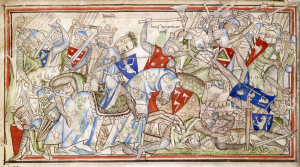
The Defeat that Made William Conqueror: Harald Hardrada’s Fall at Stamford Bridge, 1066 (Part II)
After Harald Hardrada’s many years in exile working for the Byzantine emperor as chief of the Varangian Guard he returned to Norway a wealthy man seeking the throne his half-brother Olaf died in battle attempting to seize in 1030. Rather than fight his uncle, his nephew King Magnus the Good of Norway and Denmark offered Harald co-kingship of Norway, which was agreed upon in 1046. In return, Harald gifted Magnus much of the wealth he had accumulated in the east.
Read More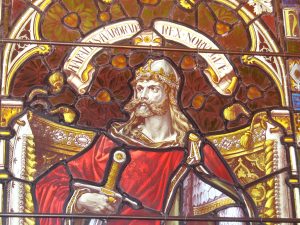
The Viking King Harald Hardrada: Eastern Exile and Mercenary Life, 1030-1042 (Part I)
Harald Sigurdsson (1015-1066), also known as Harald Hardrada (“hard”) was one of the most fabled kings in Norwegian history. Harald and his half-brother Olaf Haraldsson – who later became Saint Olaf – fought together in 1030 while trying to reclaim the throne from the Danish king Cnut the Great – who made an alliance with the jarls of Lade in the Trondheim region.
Read More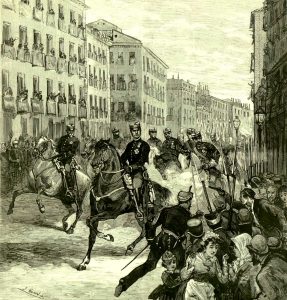
General Grant Encounters Terrorism in Madrid: The 1878 Attempted Regicide of King Alfonso XII
When former U.S. President Ulysses S. Grant visited Europe on a post-presidential world tour in the late 1870s political terrorism was in its nascent stage. The International Workingmen’s Association (or First International) split in 1872 between anarchist and statist factions and disbanded in 1876. After that, violence against heads of state increased.
Read More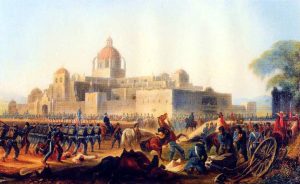
A Traitor’s Justice: The Execution of the St. Patrick’s Battalion in the Mexican-American War, 1847
Despite overtures to the Catholic Church by American political and military leaders during the Mexican-American War (1846-1848), the need to enforce discipline in theater was paramount to the U.S. Army’s success. When more than seventy Irish-American deserters, known as the Saint Patrick’s Battalion (San Patricios), were captured by U.S. forces in late August of 1847 following the Battle of Churubusco on the outskirts of Mexico City, they were summarily court-martialed. The former U.S. soldiers had been induced by Mexican incentives of free land and money to switch sides and fight for Mexico. Eventually their numbers reached a few hundred. They also fought well and were therefore doubly hated by U.S. Army officers. In contrast, the San Patricios are remembered as heroes in Mexico.
Read More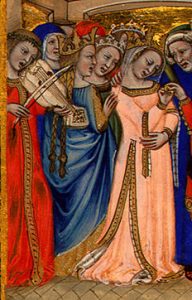
Medieval Dresses: The Mirror of Medieval Society
There are many ads on the internet offering medieval dresses for sale. That means they are quite popular and have their fans that like to buy them and wear them on certain occasions. What are the reasons for such a fascination with medieval dresses? Well, everyone has their motives, but it’s definitely interesting to immerse in the medieval era and see that medieval dresses weren’t just clothes. Wearing a certain dress meant much more. A dress was a status symbol that defined a woman and who she was. Wearing a certain dress meant showing within which class you belong and how rich and powerful your family was. But, “medieval fashion” was also a reflection of the whole political and social situation during the Middle Ages.
Read More